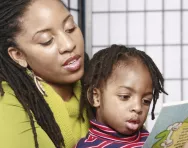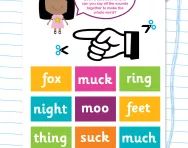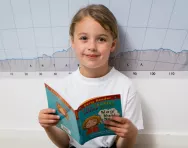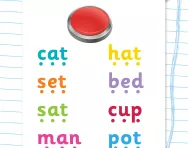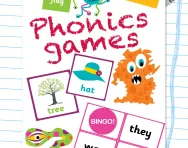TheSchoolRun.com closure date
As we informed you a few months ago, TheSchoolRun has had to make the difficult decision to close due to financial pressures and the company has now ceased trading. We had hoped to keep our content available through a partnership with another educational provider, but this provider has since withdrawn from the agreement.
As a result, we now have to permanently close TheSchoolRun.com. However, to give subscribers time to download any content they’d like to keep, we will keep the website open until 31st July 2025. After this date, the site will be taken down and there will be no further access to any resources. We strongly encourage you to download and save any resources you think you may want to use in the future.
In particular, we suggest downloading:
- Learning packs
- All the worksheets from the 11+ programme, if you are following this with your child
- Complete Learning Journey programmes (the packs below include all 40 worksheets for each programme)
You should already have received 16 primary school eBooks (worth £108.84) to download and keep. If you haven’t received these, please contact us at [email protected] before 31st July 2025, and we will send them to you.
We are very sorry that there is no way to continue offering access to resources and sincerely apologise for the inconvenience caused.
Blending sounds: teachers' tips

When most of us parents were at primary school, reading was taught in an entirely different way. We’d never heard of phonics, and neither would have many of our teachers! We learnt our ‘sounds’, had flashcards with words to memorise sent home and generally tended to learn via constant practice without much teacher input.
Fast forward to today: the majority of primary children have daily phonics sessions, 10-15 minutes of focused classroom work on reading, and a key component of phonics learning is ‘blending’.
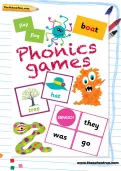
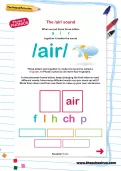
'At-home' phonics support kit
- Step-by-step phonics programme
- Your guide to phonics
- Worksheets & games
So, what does blending mean?
Blending is a key skill, perhaps the key skill, children need when learning to read. Early in Reception year they’ll begin to learn their sounds (or phonemes) – there are 44 in total. At the same time they’ll begin to learn how to blend them together, to read words. So, /c/ /a/ /t/ can be ‘sounded out’ and they’ll blend it to read ‘cat’.
Learning to blend sounds step-by-step
Initially your child will learn to blend with simple two- and three-letter words.
It gets trickier when longer words are introduced, when sounds are spelt with more confusing spelling patterns, and when there are ‘cluster’ sounds within a word which become harder to segment and then subsequently blend. The ‘learning to blend’ journey, though, is all supported through their phonics work at school.
Blending practice at home: how parents can help
- Try some fun worksheets and activities Playing is how children learn best, and learning to blend is certainly no exception to this rule. Look through all TheSchoolRun's phonics worksheets to find the best ones for your child.
- Start small When reading with a young child, ensure you don’t encourage or insist on them blending every single word in a book. Firstly it’ll take forever! Secondly, and most importantly, the story will be lost, reading will become a chore and they’ll begin to find the process boring and tiring and feel like a failure. Start by only looking at the two-letter words in a story book (‘it’, ‘on’, ‘is’, etc) before moving on to CVC words such as ‘tap’ and ‘bin’. Sound out each phoneme, tapping the corresponding letters as you do so, then give your child time to blend the word (it may take a minute or so for them to get it, but give them that ‘mental space’ to think!).
- Are we sitting comfortably? Blending is tricky. It’s working out this crazy code and piecing it all together. Make your child isn't tired; if they are, leave it until tomorrow. Insisting on them doing all the hard work of reading will only put them off – let them enjoy you reading to them regularly, too.
- Some children add /uh/ on the end of a sound (for example, /m/ becomes /m/ /uh/). Whispering can help with this as it can encourage them to focus on the shape their mouth should make when saying a sound. If they’re not getting the sounds right, successful blending is impossible.
- Don’t speak or rush them as they’re trying to blend. This skill needs their full concentration; show them you’ve got time for them to figure it out.
- Invest in a set of magnetic letters for the fridge, and use different colours for segmenting the different sounds in a word.
To help your child practise blending particular sounds watch a blending-focus episode of Alphablocks, below.
